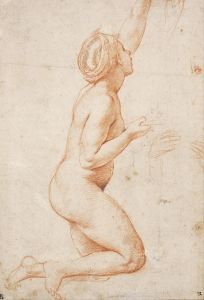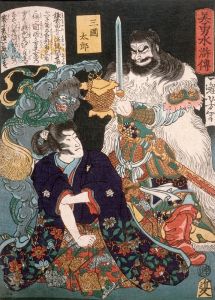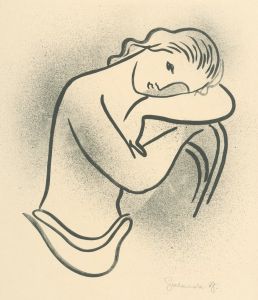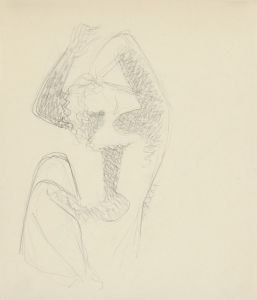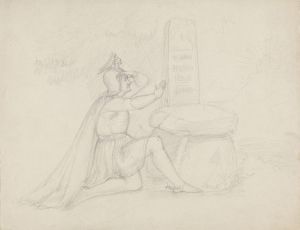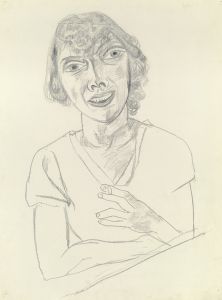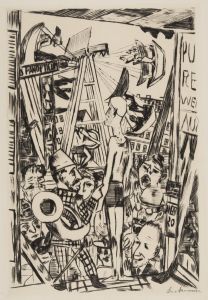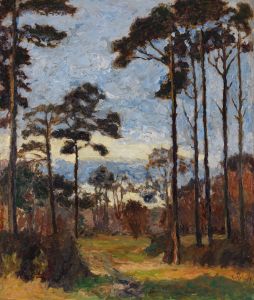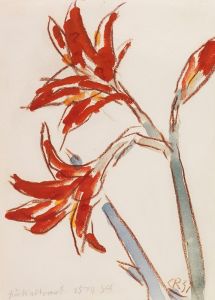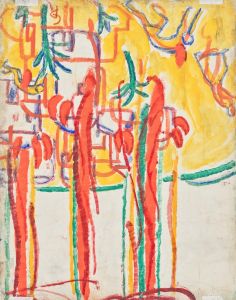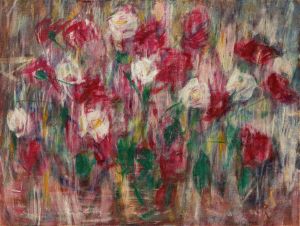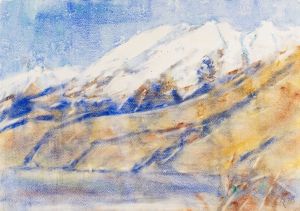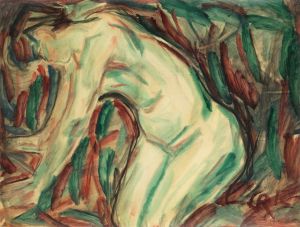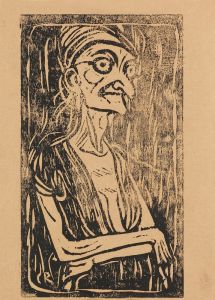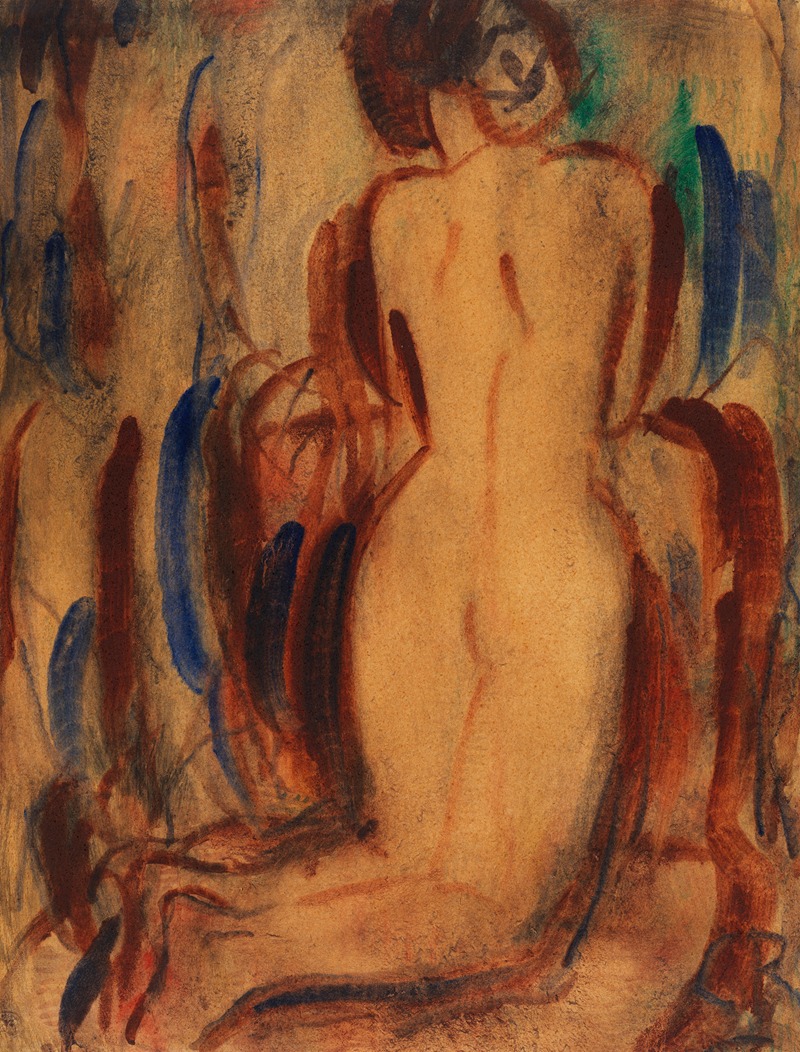
Kniender Rückenakt
A hand-painted replica of Christian Rohlfs’s masterpiece Kniender Rückenakt, meticulously crafted by professional artists to capture the true essence of the original. Each piece is created with museum-quality canvas and rare mineral pigments, carefully painted by experienced artists with delicate brushstrokes and rich, layered colors to perfectly recreate the texture of the original artwork. Unlike machine-printed reproductions, this hand-painted version brings the painting to life, infused with the artist’s emotions and skill in every stroke. Whether for personal collection or home decoration, it instantly elevates the artistic atmosphere of any space.
"Kniender Rückenakt" (Kneeling Nude from the Back) is a painting by the German expressionist artist Christian Rohlfs. Born on December 22, 1849, in Groß Niendorf, Rohlfs is recognized as one of the prominent figures in German expressionism. His artistic career spanned several decades, during which he produced a significant body of work that includes landscapes, portraits, and figure studies.
"Kniender Rückenakt" is a notable example of Rohlfs' exploration of the human form and his expressive use of color and brushwork. The painting depicts a nude figure kneeling with their back to the viewer, emphasizing the contours and musculature of the human body. This work is characterized by its dynamic composition and the emotional intensity that Rohlfs is known for.
Rohlfs' early work was influenced by the academic traditions of the 19th century, but his style evolved significantly over time. After suffering a leg injury in his youth, Rohlfs spent much of his early life in and out of hospitals, where he began to draw and paint. He initially studied at the Weimar Academy of Arts, where he was exposed to the works of the Barbizon School and the Impressionists, which influenced his early landscape paintings.
In the early 20th century, Rohlfs' style underwent a dramatic transformation as he became associated with the expressionist movement. He was particularly influenced by the works of Vincent van Gogh and Edvard Munch, which led him to adopt a more expressive and emotive approach to his art. This period marked a shift towards more vibrant colors, bold brushstrokes, and a focus on the emotional and psychological aspects of his subjects.
"Kniender Rückenakt" reflects this mature phase of Rohlfs' career, where his interest in the human figure and his expressive style are prominently displayed. The painting is notable for its use of color and light to create a sense of depth and movement. The figure's pose, with its emphasis on the back and shoulders, conveys a sense of strength and vulnerability, a common theme in Rohlfs' work.
Throughout his career, Rohlfs was associated with several important art movements and groups. He was a member of the Berlin Secession and later the Novembergruppe, both of which were instrumental in promoting modern art in Germany. Despite facing political and social challenges, including the rise of the Nazi regime which labeled his work as "degenerate art," Rohlfs continued to paint and exhibit his work until his death on January 8, 1938.
Today, Christian Rohlfs' work is held in high regard, and his paintings, including "Kniender Rückenakt," are featured in numerous public and private collections around the world. His contributions to the expressionist movement and his unique approach to capturing the human form continue to be celebrated and studied by art historians and enthusiasts alike.





